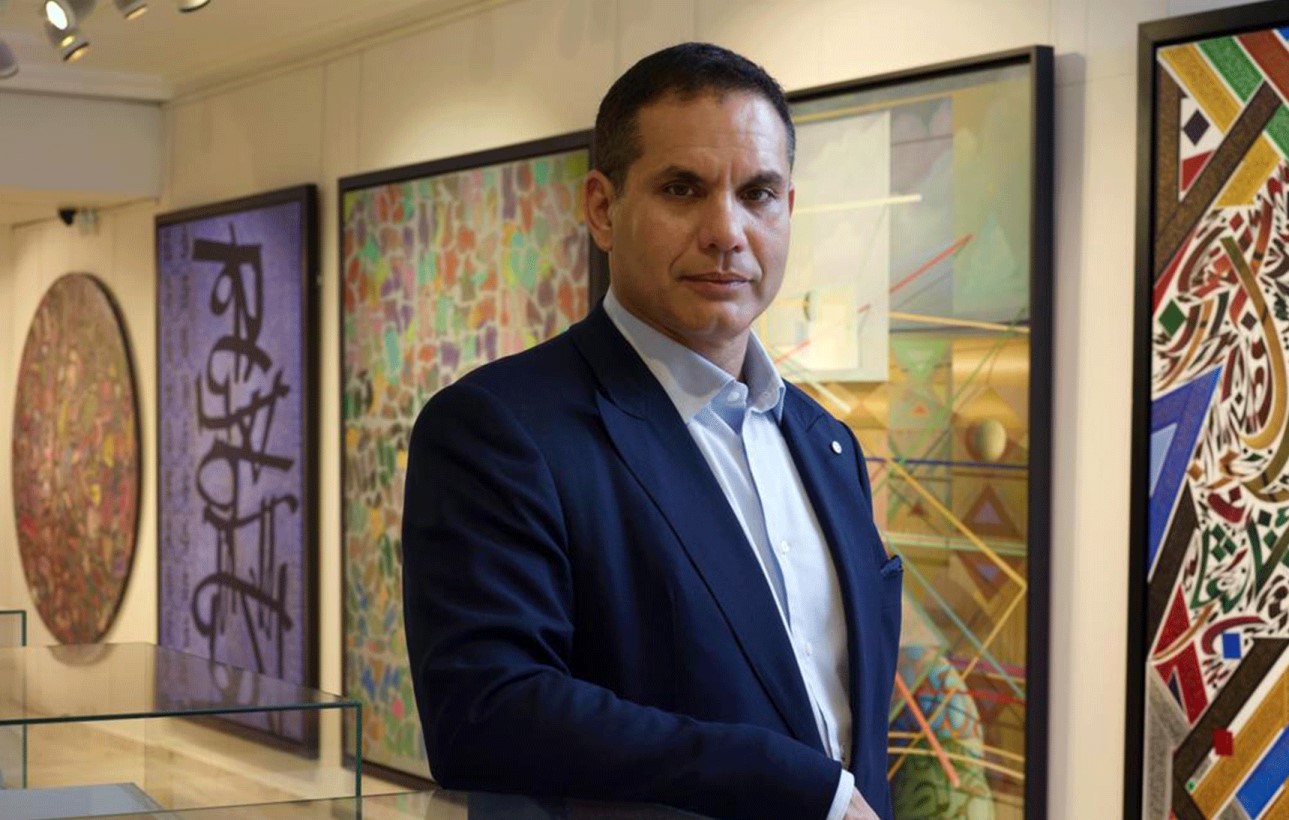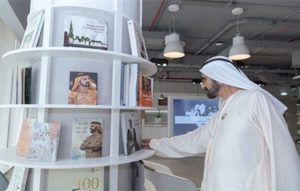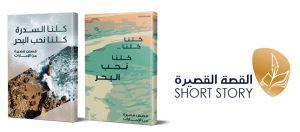As more countries go into lockdown and governments implore their citizens to remain at home amid the coronavirus pandemic, arts organisations around the world have leapt into action, offering a different kind of outlet to millions.
In Lebanon, the Ramzi and Saeda Dalloul Art Foundation is one of them. Its website went live two weeks ago, several months earlier than originally planned, granting free access to thousands of artworks and extensive information about hundreds of artists from the Arab world. Founder and managing director Basel Ramzi Dalloul had planned to launch the website this summer, but sped up the process following the lockdown in Lebanon. Dalloul says he was convinced people needed a different kind of distraction.
“When you’re in a situation like the one the entire planet is in right now, people want art and culture. They want an outlet – a nice outlet, a useful outlet, a cultural outlet – to go to, to perhaps distract themselves from the ugly reality we’re all living in right now,” he tells The National. “We’ve survived as a species through all kinds of wars and all kinds of disasters – now we have one coming at us that we can’t see, we can’t smell, we don’t know whether we’re touching or not … So I think it’s important to allow people to go and look at the good side of humanity, which is art and culture.”
His team of eight staff, all working from home, upload new content to the website daily, although the majority of the collection is already up. Built over 50 years by Dalloul’s parents, it includes more than 4,000 works by about 400 artists from Algeria, Egypt, Iraq, Jordan, Lebanon, Morocco, Palestine, Saudi Arabia, Sudan, Syria, Tunisia and Yemen. The pieces include paintings, drawings, photography, sculptures, ceramics, textiles, videos, installations and mixed media.
Dalloul curates a different selection of featured artists and artworks every day, encouraging visitors to discover something new. His choices are personal, but he is careful to include an equal balance of male and female artists.
Playful and unexpected, his selections forge unexpected links between disparate artists and works. Tale of a Tree, a photography and ceramic installation from 2002 by Palestinian artist Vera Tamari, rubs shoulders with Tree of Life, a delicate ceramic mural by Iraqi artist Saad Shaker dating from 1996. Artificial Light, a photograph from 2012 showing the urbanisation of Makkah by Saudi Arabian photographer Ahmed Mater, is juxtaposed with Lady with a Hat, a 1961 oil painting by Palestinian artist Maliheh Afnan, which unexpectedly echoes its composition.
By signing up for a membership, visitors can save works and share images with friends on social media, as well as receive updates on their favourite artists. The site allows one to browse by artist or by artwork, and search the collection by keyword, country or type of work. Artists and works can also be organised by most viewed, most shared and most liked, providing insight into how visitors from around the world are engaging with the collection.
Four days after the site’s launch, the most liked work was Lebanese artist Ayman Baalbaki’s Al Mulatham, an acrylic painting from 2003. In rough daubs and thickly textured smears of paint, it captures a Palestinian resistance fighter, his head wrapped in a red and white keffiyeh, against a backdrop of printed flowers, overlaid with green and blue brushstrokes that evoke lush foliage or camouflage. His shadowed eyes stare straight at the viewer.
The most shared painting is The Wedding of Earth to Sannine by Chaouki Chamoun. It captures the rolling slopes of Lebanon’s Mount Sannine covered with a pristine coat of snow. In the foreground, a line of tiny human figures, dwarfed by the landscape, stare up towards its distance peak.
This is somewhat indicative as to what draws people to particular artworks at particular times – perhaps at this moment in history, with so many unable to leave their homes, Chamoun’s beautiful, untouched landscape strikes a powerful emotional chord.
In the first two days after the site was launched, it attracted more than 1,000 unique visitors who spent at least 20 minutes each browsing the collection, according to Dalloul. Google Analytics shows visitors to the site from all around the world, with the highest numbers coming from Lebanon, the US and the UAE.
www.thenational.ae




